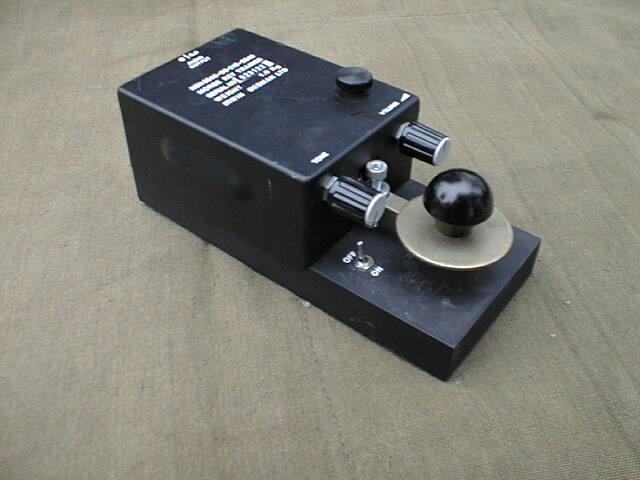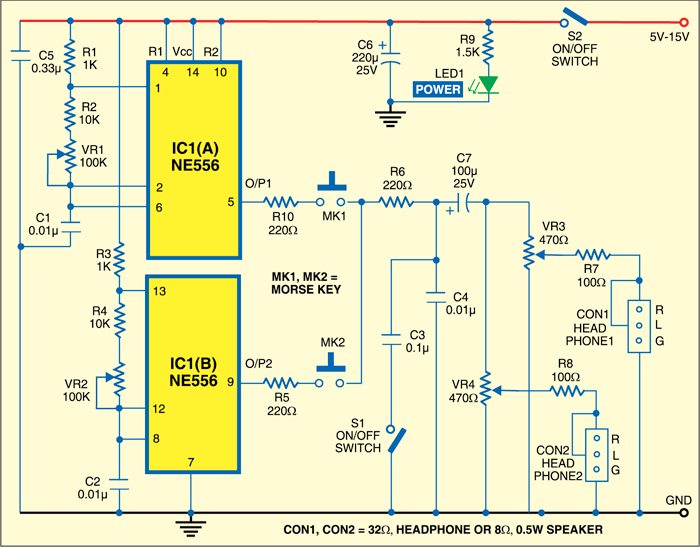
For many of today’s hams there was no choice; obtaining a ham license required learning Morse code.Five words a minute was the requirement for the entry level Novice license and also for the renewable, but VHF only, Technician ticket.A General or Advanced class required 13 wpm and it was 20 wpm for an Extra.

In 1991 the code requirement was eliminated for the Technician class, in 2000 it was reduced to 5wpm for all classes that still required code and in 2007 the code requirement was eliminated entirely.
Whatever your reason for learning Morse code now, we have some links on this page that will help you.
Free
3.7 on 33 votes. A free Windows Morse code trainer for beginners. This trainer is a small personal project designed to play with learning morse code through the Farnsworth method. The main difference between this trainer and others is that I am experimenting with visual reinforcement by displaying the character currently being sent.
Morse Code Keyer/Trainer IC Jacobs 41 Medium Duty Drill Chuck 0-3/8' Capacity with MT2 Morse Taper 2 Arbor & Key for Lathe Tailstock Drill Press 3.2 out of 5 stars 5. Practise copying and sending Morse code using a scheme of sessions developed by Rob Brownstein of CWops. The speed, Farnsworth speed.
Using Morse Trainer

Old versions
See allMorse Trainer App
Naturally, with the Koch method, you'll be copying random groups of characters, rather than words, until you've mastered the entire character set. These groups of are of random length, rather than a constant stream of five-character groups, to ease the transition from random groups to actual words. Yes, there is a difference in the rhythm and 'feel' of words and random groups. Once you've become accustomed to copying words, you should start copying sample QSOs, which are the format of the
amateur tests. Pay special attention to callsigns, locations, and numerals; these are the types of things that can form questions on the test.